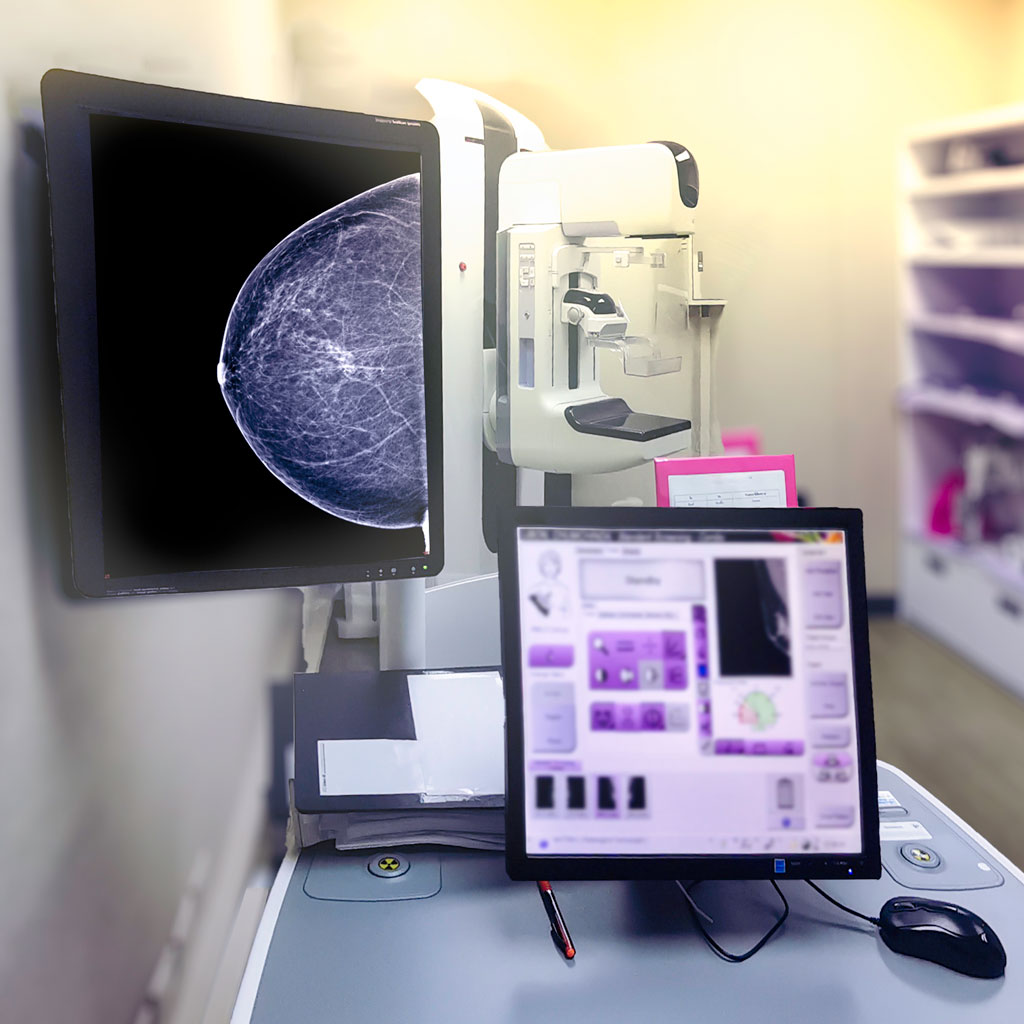Mammograms are a game-changer when it comes to catching breast cancer early. They help millions of women every year, and thanks to new tech, there are now different types to choose from. Let’s explore the types of mammograms and see how each one performs differently- and which one is right for you.
So, what exactly is a mammogram? Think of it as a special X-ray for your breasts. It uses low doses of radiation to take detailed pictures of the breast tissue inside. While getting a dose of radiation can sound concerning, the benefits of getting a mammogram far outweigh the risks. Mammograms can also spot changes in your breast tissue years before you notice anything yourself.
Types of Mammograms
- Screening Mammograms: These are mammograms that most women get regularly, especially once they hit 40. It’s like a check-up for your breasts. They squish your breast between two plates and take X-rays from different angles. The goal is to catch any abnormal growths or changes before they become a problem. If you’ve got dense breast tissue your doctor may ask you to come back for additional tests like a 3D mammogram.
- Diagnostic Mammograms: If your regular mammogram shows something fishy, or if you’ve found a lump, this is the next step. It’s a more detailed look at what’s going on. These take longer because they’re zooming in on specific areas. The upside? You usually get the results right away.
- 3D Mammograms (Tomosynthesis): This is the new kid on the block. Instead of just taking flat pictures, it creates a 3D image of your breast. It’s super helpful for women with dense breast tissue or those at higher risk of breast cancer. The best part? It’s better at finding small tumors and cuts down on false alarms.
- Digital Mammograms: Remember when we used to have to get photos developed? Well, mammograms have gone digital too. Instead of using film, the images are stored on a computer. Doctors can then manipulate the images to see things more clearly, zoom in on specific spots, and easily share the results with other docs.
Whether you’re going in for your regular check-up or need a closer look at something, there’s a type of mammogram that fits the bill. If you’re over 40 or at high risk for breast cancer (family history, have dense breasts, etc), don’t skip out on getting a mammogram, it could save your life and give you peace of mind.
Don’t put it off any longer. Book your mammogram appointment at one of our affiliate locations and stay on top of your breast health. Future you will be grateful you did!

